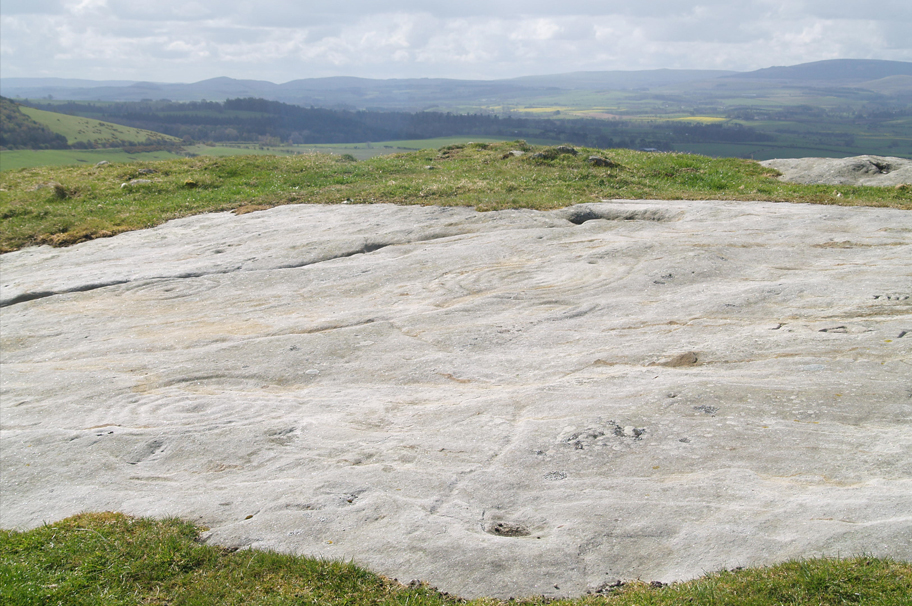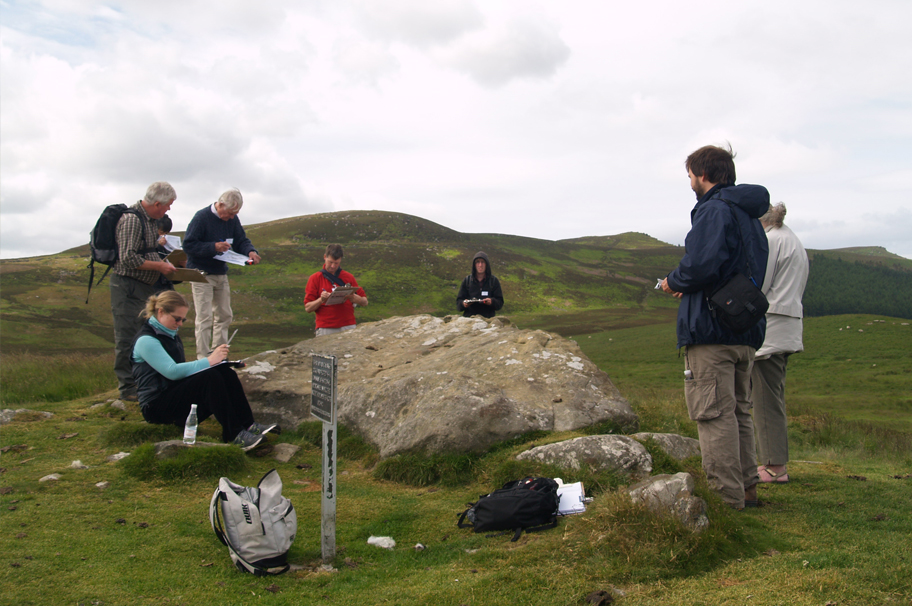Myra Giesen
Curating Human Remains: Caring for the Dead in the United Kingdom
Overview
Archaeologists, museum practitioners, government agencies, claimants, and the public often disagree over the subject of human remains. Questions of how to care, store, display in public space, and interpret human remains as well as issues of ownership places the subject into complex political and cultural arenas. At present, the scope of human remains held in UK repositories is only partially understood, and this continues to be the case despite improved public access to information. Curating Human Remains: Caring for the Dead in the United Kingdom provides a broad overview of different methods used in the care of human remains in the UK. Many approaches are similar to those used elsewhere in the world, but are somewhat different in that most human remains held in UK repositories only originate from the UK.
Context
Although human remains are well documented in individual repositories in the UK, no single, comprehensive study existed that confirms the number of remains held in the UK nor the full scope of places where they are held. Curating Human Remains: Caring for the Dead in the United Kingdom is the first extended volume to provide a systematic overview of human remains curation in the UK. As such, it is becoming a primary point of reference for curators, academics, and many other stakeholders because it provides key baseline information needed for understanding the scope and nature of UK human related to their care practices.
The book begins by providing an international perspective on human remains curation, focusing on how human remains come into collections and universal perspectives on their care. Following chapters are authored by other world-leading experts, and cover topics ranging from legislation and ethical obligations to issues of long-term versus short-term care; differing issues among human remains collections in England, Northern Ireland, and Wales versus Scotland; and approaches at large versus small museums, creative use of redundant churches, and challenges facing research and teaching laboratories. In addition to being the editor, Giesen contributes three chapters, including the key chapter bridging UK and international considerations. She also writes on the types of background guidance that exist across the UK, reviews documentation at UK repositories with collections, and examines the influence of scale on collection management.
Outcomes
Curating Human Remains: Caring for the Dead in the United Kingdom is a landmark text that synthesises issues pertinent to UK human remains collections and their care. It shows that although attitudes (and policies) are changing, much is not known about current UK human remains holdings. The book targets the broadest audience and is designed to stimulate change through improved documenting, providing models for best practice. Although the content is centred on the UK, it has much wider attraction because the UK is a major repository of human remains from around the world, which means international stakeholders need this book for guidance in repatriation and many other issues related human remains issues at UK institutions.
Coinciding with the publication of Curating Human Remains, Giesen has been asked to contribute to several workshops on the topic, further raising awareness of issues surrounding the treatment of human remains in UK collections.

Workshop participation during a Curating Human Remains in UK Museums workshop sponsored by the Human Remains Subject Specialist Network and Museum Ethnographers Group.
Further Information
- Giesen M. Introduction: Human Remains Curation in the United Kingdom. In: Giesen, M, ed. Curating Human Remains: Caring for the Dead in the United Kingdom. Woodbridge, Suffolk: Boydell & Brewer, 2013, pp.1-11.
- Giesen M, White L. International Perspectives towards Human Remains Curation. In: Giesen, M, ed. Curating Human Remains: Caring for the Dead in the United Kingdom. Woodbridge, Suffolk: Boydell & Brewer, 2013, pp.13-23.
- Giesen M, McCarrison K, Park V. Dead and Forgotten?: Some Observations on Human Remains Documentation in the UK. In: Giesen, M, ed. Curating Human Remains: Caring for the Dead in the United Kingdom. Woodbridge: Boydell & Brewer, 2013, pp.53-64.
- Giesen M. The Protection and Repatriation of Native American Cultural Items in the United States. In: Redfern, R; Bekvalac, J; Bonney, H; Clegg, M, ed. Global Ancestors: Understanding the Shared Humanity of our Ancestors. Woodbridge, USA: Oxbow Books, 2013, pp.34-49.
- Giesen MJ. Native American human remains in UK collections: implications of NAGPRA to consultation, repatriation, and policy development. In: Ninth Annual Conference of the British Association for Biological Anthropology and Osteoarchaeology. 2009, Department of Archaeology, University of Reading: Archaopress.
Managing Open-Air Stone Monuments
Overview

David Manning and David Graham considering rock art panel condition variables
Underpinning science essential to guiding management decisions for open-air stone monuments is limited, especially identifying monuments at greatest risk and promoting monument survival into the distant future. Giesen has orchestrated research efforts aimed at identifying and prioritising management interventions for stone monument care by integrating environmental data, refining condition assessment approaches and identifying risk variables of greatest importance to monument survival.
This work was supported by the AHRC/EPSRC Science and Heritage Programme Research Cluster Grant Programme (AH/G015163/1, £29K) and ECOSERV, a FP6 EU Marie Curie Excellence Grant based at Newcastle University (MEXT 023469, £1.8M). The research has led to a new AHRC research project aimed at developing user-friendly condition assessment tools to aid rock art site and land managers (AH/K006320/1, £99K; Heritage and Science: Working Together in the CARE of Rock Art); a project including active partnerships with English Heritage; Northumberland County Council; Northumberland National Park; University of the West of Scotland; and Queen’s University, Belfast.
Context

Ancient open-air stone monuments, such as rock panels and standing stones, are powerful and iconic expressions of Britain’s rich prehistoric past. Despite their perceived immutability, open-air monuments are under mounting pressure due to increasing population densities associated with urban expansion, pollution, and agricultural activity. Growing evidence suggests the rate of deterioration is increasing due to human intrusion and environmental change. Work by Giesen and colleagues in ICCHS, engineering, and geosciences has studied behavioural and scientific parameters that influence the in situ decay of carved stone to develop a user-friendly, non-invasive condition risk assessment tools for gathering and organising information essential for the long-term preservation of open-air rock art.
Outcomes

Care and Management of Ancient Stone Monuments during Environmental Change (2011) is among the first manuscripts to examine the care and protection of ancient stone monuments using concepts from non-linear dynamics and theoretical ecology. The paper uses chaos theory and climate change modelling to show monument protection should focus on enhancing local resilience at monument sites to reduce the probability of sudden and unpredictable damage at the sites. Rock art panels in Northumberland were used as a case study and a new condition assessment strategy was developed for site managers. This strategy, based on triage techniques for cancer patients in hospitals, is quick and inexpensive, easy to use by non-specialists, and is sufficiently general for application elsewhere the world. Research on the care of ancient monuments, like the rock art panels, is noteworthy as these monuments are non-renewable heritage resources that have cultural, aesthetic, and tourist value. With such greater tourist attention, management plans must be in place to ensure their survival, especially as panels become better known.
Condition assessment and preservation of open-air rock art panels during environmental change (2014) shows that different physical, chemical, and biological drivers of stone weathering significantly correlate with the preservation state of rock art panels in Northumberland. The manuscript uses numerical climate modelling to assess how key environmental factors, such as animal exposure and panel height (i.e., exposure to wind), might be influenced by climatic change over the next 100 years. Results suggest that the rate of decline in monument condition will increase in the future unless pro-active site management approaches are used. The paper provides management options to reduce the impact of climate change and enhance the retention of panels into the longer-term future. The approaches espoused in the manuscript are being considered by park archaeologists at Northumberland National Park and are being implemented on similar stone monuments in Jordon. The project was multi-disciplinary, including engineers, archaeologists, geographers, and heritage managers. Giesen and colleagues are now translating these approaches to the care and maintenance of stone war memorials in the UK.
Further Information
- Giesen MJ, Mazel AD, Graham DW, Warke PA. The Preservation and Care of Rock-Art in Changing Environments: A View from Northeastern England, United Kingdom. In: Darvill T; Batarda Fernandes AP, ed. Open-Air Rock-Art Conservation and Management: State of the Art and Future Perspectives. Routledge, 2014, pp.38-52.
- Giesen MJ, Ung A, Warke PA, Christgen B, Mazel AD, Graham DW. Condition assessment and preservation of open-air rock art panels during environmental change. Journal of Cultural Heritage 2014, 15(1), 49-56.
- Mazel AD, Graham D, Warke P, Giesen M. A responsibility of CARE: heritage and science in the service of safeguarding threatened ancient rock art. In: Sustaining the Impact of UK Science and Heritage Research: Contributions to the AHRC/EPSRC Science and Heritage Programme Conference. 2013, London: AHRC/EPSRC Science and Heritage Programme.
- Giesen MJ, Mazel AD, Graham DW, Warke PA. Care and Management of Ancient Stone Monuments during Environmental Change. International Journal of Heritage and Sustainable Development 2011, 1(1), 60-71.
- Giesen MJ, Mazel AD, Graham DW, Warke PA. The resilience and care of ancient stone monuments in changing environments. In: Amoêda, R; Lira, S; Pinheiro, C, ed. Heritage 2010: Heritage and Sustainable Development. Barcelos: Green Lines Institute, 2010, pp.515-52
